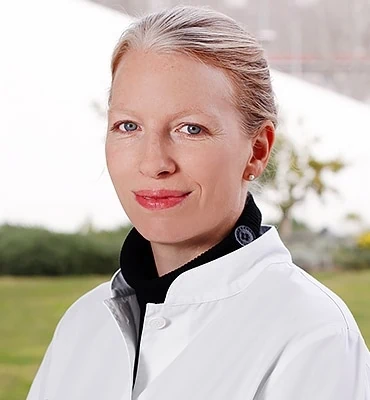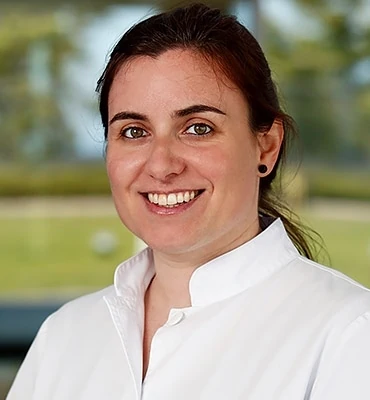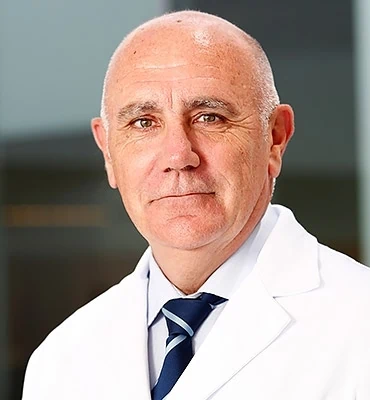What are congenital cataracts?
A congenital cataract is a clouding of the crystalline lens of the eye that is present at birth, preventing the child from seeing. Cataracts can impair vision, if they are large and completely cover the pupil (the central area of the eye, through which light enters).
They can be unilateral or bilateral and can be accompanied by other ocular abnormalities (corneal and retinal disorders) and are often hereditary.
They can also be caused by intrauterine infections, chromosomal syndromes, metabolic disorders and renal diseases. The ophthalmologist, in conjunction with the paediatrician, should always detect for these possibilities.
What causes them?
The causes of cataracts can be bilateral: an unknown cause, hereditary, metabolic or systemic diseases, maternal infection or associated ocular abnormalities. Unilateral causes can also be unknown or associated with other ocular abnormalities, trauma or infection.
How can they be prevented?
Hereditary cataracts, or those caused by other associated eye disorders, are not preventable. Eye check-ups are of great importance, since it is in the first weeks of life that children develop their visual ability. It is crucial to detect any problems early to facilitate corrective treatment.
Symptoms
In some cases, the paediatrician or the parents themselves detect the whitish clouding in the pupil. Sometimes, low vision brings with it strabismus (ocular deviation) or nystagmus (involuntary eye movement). If any of these symptoms appear, the child should be taken to an ophthalmologist.
Associated treatments
The first weeks of life are of great importance for visual stimulation and to prevent the development of brain mechanisms that are associated with lazy eye. Babies need to receive visual stimuli from birth in order to ensure that vision develops in the correct way. This is why rapid treatment is an important factor.
Testimonials

La mateixa tarda de la intervenció ja hi veia bé i encara avui, 17 anys després, segueixo sense utilitzar ulleres
Amèlia Petit
Barcelona
Specialists who treat this pathology
IMO Institute of Ocular Microsurgery
Josep María Lladó, 3
08035 Barcelona
Phone: (+34) 934 000 700
E-mail: international@imo.es
See map on Google Maps
By car
GPS navigator coordinates:
41º 24’ 38” N – 02º 07’ 29” E
Exit 7 of the Ronda de Dalt (mountain side). The clinic has a car park with more than 200 parking spaces.
By bus
Autobus H2: Rotonda de Bellesguard, parada 1540
Autobus 196: Josep Maria Lladó-Bellesguard, parada 3191
Autobuses H2, 123, 196: Ronda de Dalt – Bellesguard, parada 0071
How to arrive at IMO from:
IMO Madrid
C/ Valle de Pinares Llanos, 3
28035 Madrid
Phone: (+34) 910 783 783
See map in Google Maps
Public transport
Metro Lacoma (líne 7)
Autobuses:
- Lines 49 & 64, stop “Senda del Infante”
- Line N21, stop “Metro Lacoma”
Timetables
Patient care:
Monday to Friday, 8 a.m. to 9 p.m.
IMO Andorra
Av. de les Nacions Unides, 17
AD700 Escaldes-Engordany, Andorra
Phone: (+376) 688 55 44
See map in Google Maps
IMO Manresa
C/ Carrasco i Formiguera, 33 (Baixos)
08242 – Manresa
Tel: (+34) 938 749 160
See map in Google Maps
Public transport
FGC. Line R5 & R50 direction Manresa. Station/Stop: Baixador de Manresa
Timetables
Monday to Friday, 09:00 A.M – 07:00 PM













